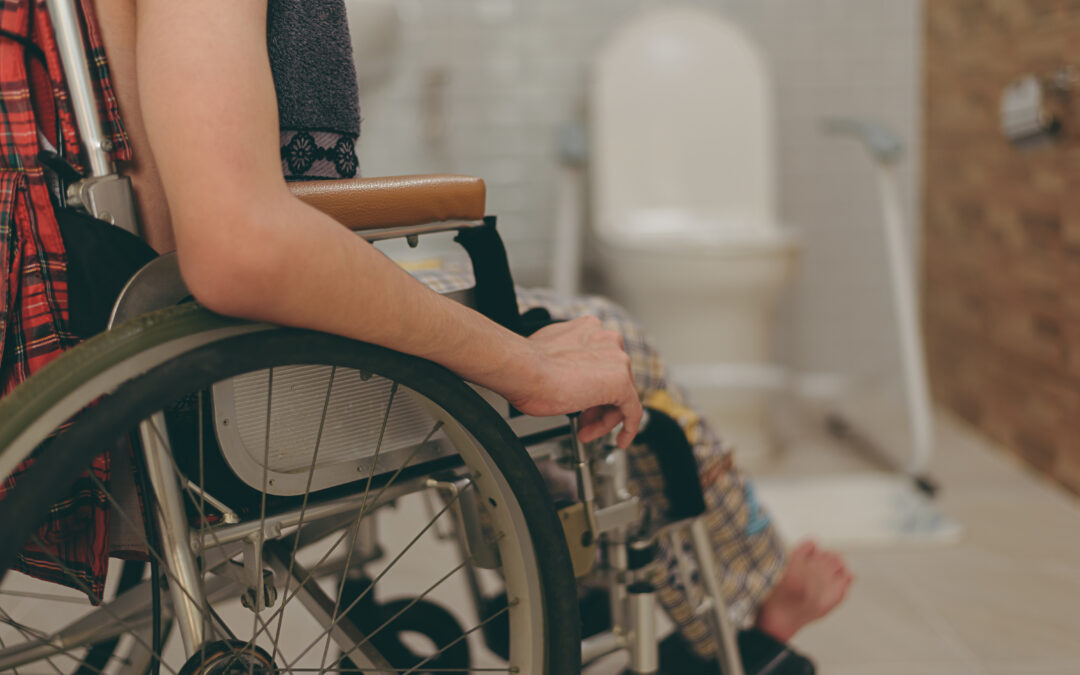Adaptive and assistive devices refer to tools, equipment, and assistive technology that help individuals with disabilities independently perform daily activities. These devices can improve the quality of life of people with disabilities by increasing their Independence and reducing their dependence on others. Various adaptive and assistive devices are available, each designed to cater to a specific need.
Types of Adaptive and Assistive Devices
Here are some of the common adaptive and assistive devices for adults with disabilities:
Mobility Aids
Mobility aids refer to devices that help individuals with disabilities to move around independently. The most common mobility aids include wheelchairs, crutches, and walkers. Wheelchairs come in two types: manual and electric.
Manual wheelchairs require the user to use their arms to move the wheelchair, while electric wheelchairs are powered by electricity. Crutches and walkers are also commonly used by individuals with mobility impairments.
Hearing Aids
Hearing aids are devices that help individuals with hearing impairments to hear better. These devices come in various types, including in-the-ear, behind-the-ear, and in-the-canal hearing aids. Hearing aids are designed to amplify sound and improve the clarity of speech.
Visual Aids
These devices include magnifiers, telescopes, and screen readers. Magnifiers are handheld devices that magnify objects, while telescopes are used to view distant objects. Screen readers are software programs that read the text on a computer screen.
Communication Aids
Communication aids are devices that help individuals with communication impairments to communicate better. These devices include text-to-speech software, speech-to-text software, and communication boards.
Text-to-speech software converts written text into speech, while speech-to-text software converts spoken words into written text. Communication boards are physical boards with pictures and symbols that individuals can point to communicate.
Daily Living Aids
Adaptive utensils are designed to make it easier for individuals with disabilities to eat while dressing aids help individuals with disabilities to dress. Personal care aids include devices that allow individuals with disabilities to bathe and groom themselves. These devices include adaptive utensils, dressing aids, and personal care aids.
Benefits of Adaptive and Assistive Devices
Adaptive and assistive devices can provide numerous benefits to people with disabilities. These devices can:
Encourage Independence
Mobility devices are used to help individuals with disabilities move around more easily. Examples of adaptive mobility devices include wheelchairs, scooters, walkers, canes, and crutches.
These devices can be modified to meet the individual’s specific needs, such as adding hand rims to a wheelchair or installing a seat cushion to a scooter. These devices provide individuals with greater independence, allowing them to move around their environment more easily and safely.
Improve Quality of Life
The use of adaptive and assistive devices can make a huge difference in the quality of life for people with disabilities. Adaptive and assistive devices are designed to help individuals with physical, mental, and developmental disabilities increase their independence and improve their quality of life. They can help with mobility, communication, and daily activities.
Reduce Healthcare Costs
Adaptive and assistive devices can reduce healthcare costs by reducing the need for hospitalization and medical care.
Increase Employment Opportunities
Adaptive and assistive devices can increase employment opportunities for individuals with disabilities by enabling them to perform job-related tasks independently.
Challenges Associated with Adaptive and Assistive Devices
While adaptive and assistive devices can benefit people with disabilities, some challenges are also associated with these devices. These challenges include:
- Cost: Adaptive and assistive devices can be expensive, making them inaccessible to individuals with limited financial resources.
- Accessibility: Not all adaptive and assistive devices are easily accessible to individuals with disabilities, particularly those in developing countries.
- Stigma: Some individuals with disabilities may feel stigmatized by using adaptive and assistive devices, mainly if these devices are visible to others.
- Maintenance and Repair: Adaptive and assistive devices require regular maintenance and repair, which can be costly and time-consuming.
Conclusion
The use of adaptive and assistive devices in extended home care is becoming increasingly popular to help individuals remain in their own homes while receiving necessary care. These devices range from simple items such as grab bars and stair lifts to more complex things like automated medication dispensers and bed-raising systems.
With the increased availability of adaptive and assistive devices, extended home care agencies can provide necessary and appropriate care to those who cannot live without these devices’ assistance.
Extended Care is a program-approved service organization that works in the neighborhood to enhance the quality of life for people who receive home- and community-based waiver services. Our main priorities are to offer services that will improve a person’s life, foster independence, and create a secure living environment. Residential Care, Pre-Vocational Services, Supported Community Connections, and Non-Medical Transportation are the main objectives of our program. Call our extended home care agency for a consultation.

